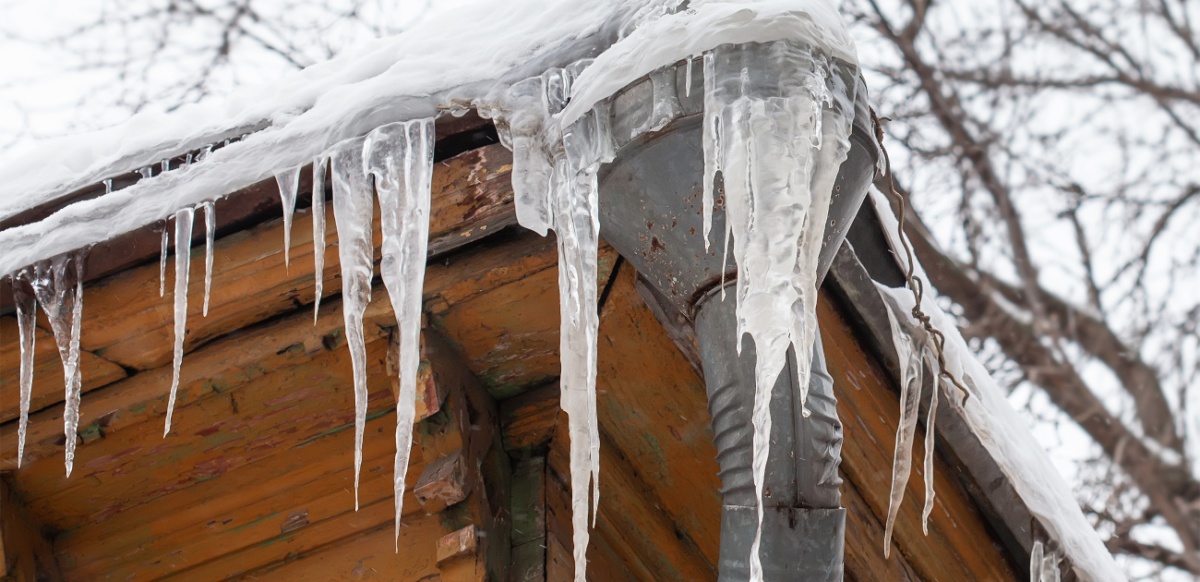Preventing Frozen Plumbing: Effective Strategies for Cold Weather
Preventing Frozen Plumbing: Effective Strategies for Cold Weather
Blog Article
The content which follows on the subject of Helpful Tips to Prevent Frozen Pipes this Winter is totally compelling. Check it out for yourself and figure out what you think about it.

Winter can wreak havoc on your plumbing, specifically by freezing pipes. Right here's just how to avoid it from taking place and what to do if it does.
Introduction
As temperature levels decrease, the danger of icy pipes increases, potentially leading to pricey repair work and water damage. Recognizing how to stop icy pipes is critical for home owners in chilly climates.
Understanding Frozen Pipes
What triggers pipes to freeze?
Pipes ice up when subjected to temperatures below 32 ° F (0 ° C) for expanded durations. As water inside the pipelines ices up, it increases, putting pressure on the pipe walls and potentially triggering them to rupture.
Risks and problems
Icy pipes can result in water supply disturbances, residential or commercial property damages, and expensive repairs. Burst pipelines can flooding homes and create considerable architectural damage.
Signs of Frozen Water Lines
Determining frozen pipelines early can stop them from rupturing.
How to determine icy pipelines
Look for lowered water circulation from faucets, uncommon odors or noises from pipelines, and visible frost on revealed pipelines.
Prevention Tips
Insulating susceptible pipelines
Wrap pipelines in insulation sleeves or make use of warm tape to safeguard them from freezing temperatures. Focus on pipes in unheated or exterior areas of the home.
Heating techniques
Keep interior spaces properly heated, especially areas with plumbing. Open up closet doors to permit warm air to flow around pipelines under sinks.
Securing Outside Pipes
Garden pipes and outdoor taps
Separate and drain garden tubes before winter season. Set up frost-proof faucets or cover exterior taps with shielded caps.
What to Do If Your Pipelines Freeze
Immediate activities to take
If you suspect frozen pipelines, maintain taps open up to ease pressure as the ice melts. Make use of a hairdryer or towels taken in warm water to thaw pipelines slowly.
Long-Term Solutions
Structural modifications
Take into consideration rerouting pipelines far from outside walls or unheated locations. Include extra insulation to attics, cellars, and crawl spaces.
Updating insulation
Invest in high-grade insulation for pipelines, attic rooms, and wall surfaces. Proper insulation helps preserve constant temperature levels and lowers the risk of frozen pipes.
Conclusion
Stopping frozen pipes requires proactive steps and quick responses. By comprehending the causes, signs, and preventive measures, homeowners can shield their plumbing throughout winter.
5 Ways to Prevent Frozen Pipes
Drain Outdoor Faucets and Disconnect Hoses
First, close the shut-off valve that controls the flow of water in the pipe to your outdoor faucet. Then, head outside to disconnect and drain your hose and open the outdoor faucet to allow the water to completely drain out of the line. Turn off the faucet when done. Finally, head back to the shut-off valve and drain the remaining water inside the pipe into a bucket or container. Additionally, if you have a home irrigation system, you should consider hiring an expert to clear the system of water each year.
Insulate Pipes
One of the best and most cost-effective methods for preventing frozen water pipes is to wrap your pipes with insulation. This is especially important for areas in your home that aren’t exposed to heat, such as an attic. We suggest using foam sleeves, which can typically be found at your local hardware store.
Keep Heat Running at 65
Your pipes are located inside your walls, and the temperature there is much colder than the rest of the house. To prevent your pipes from freezing, The Insurance Information Institute suggests that you keep your home heated to at least 65 degrees, even when traveling. You may want to invest in smart devices that can keep an eye on the temperature in your home while you’re away.
Leave Water Dripping
Moving water — even a small trickle — can prevent ice from forming inside your pipes. When freezing temps are imminent, start a drip of water from all faucets that serve exposed pipes. Leaving a few faucets running will also help relieve pressure inside the pipes and help prevent a rupture if the water inside freezes.
Open Cupboard Doors
Warm your kitchen and bathroom pipes by opening cupboards and vanities. You should also leave your interior doors ajar to help warm air circulate evenly throughout your home.

I was introduced to that write-up on Preventing and dealing with frozen pipes through a friend on a different blog. Do you know about anybody else who is interested in the subject? Why not promote it. I love your readership.
Call Today Report this page